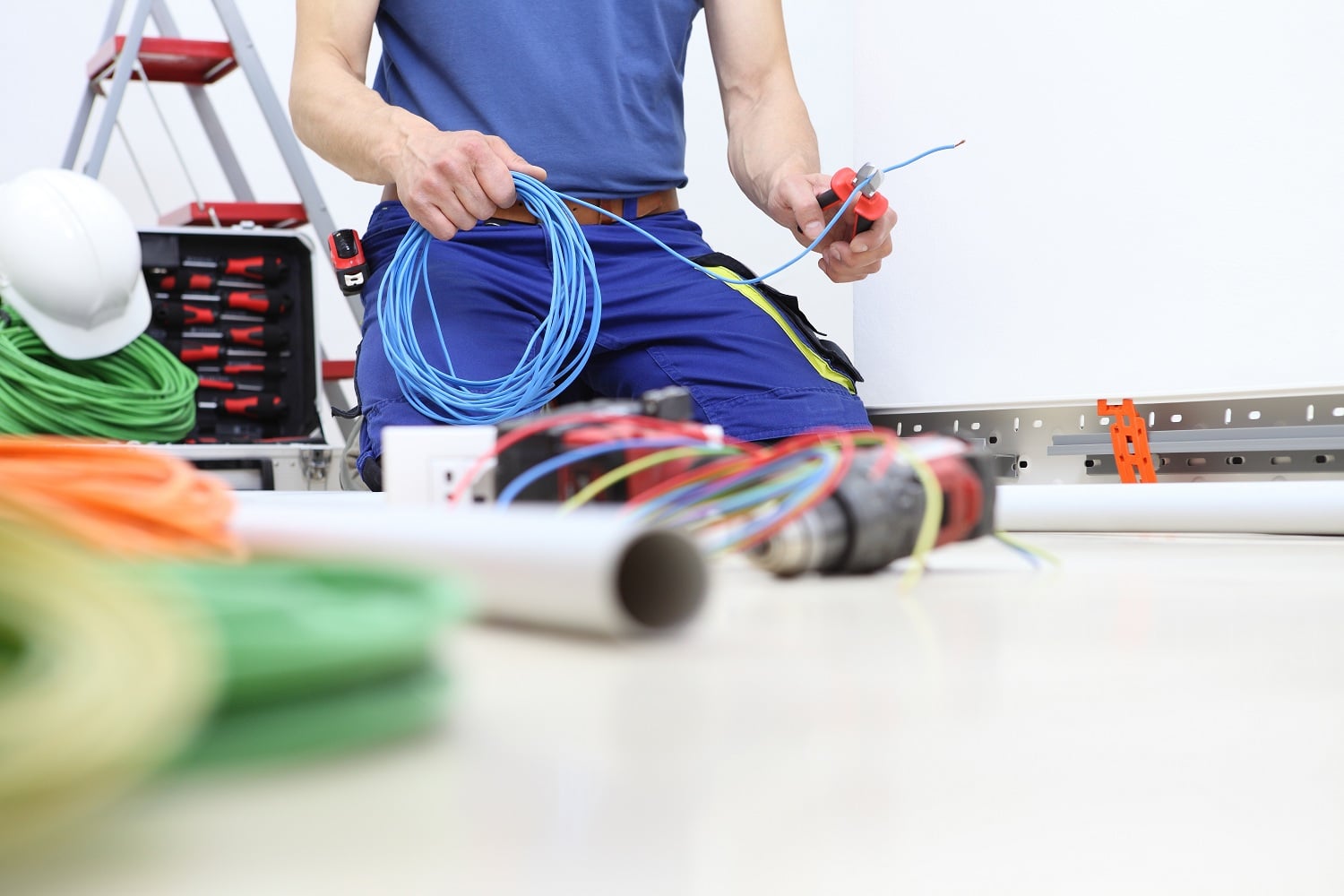CIPP or cured-in-place-pipe is a trenchless rehabilitation method used to repair existing pipelines. It’s a jointless, seamless pipelining present within an existing pipe. CIPP is said to be one of the most commonly used pipe rehabilitation techniques because of its less invasive application.
Additionally, CIPP liner cost and other expenses are much cheaper than they were before. Now, CIPP pipe lining is carried out to repair pipes in roads, commercial buildings, and residential areas at the fraction of the price decades back. The whole process usually involves no digging that’s why many homeowners tend to choose it for there will be minimal intrusion with the current physical setup of a home.
How CIPP Liners Are Installed
The process of CIPP lining involves running a camera through the pipeline to inspect the damage and assess the approach. Then, a piece of felt is inserted and ran into a preexisting pipe that’s the subject of repair. Resin, a heat-hardened material, is then exposed to a curing element: hot water, steam, or ultraviolet light to attach to the pipe’s inner walls. Once fully cured, the lining now acts as a new pipeline.
The procedure has a fast turnaround time which is also very convenient for many homemakers since there will be fewer disruptions in their day-to-day lives. The curing of the pipe takes approximately an hour.
Are CIPP Liners Safe?: Crucial Information Property Owners Should Know About
It’s believed that a large percentage of all the damaged pipes being repaired in the country use CIPP technology. Yet there was a period in time where some people grew concerned with the fumes being released during the process, thus they’ve called on to conduct further research about it.
However, the studies carried out didn’t directly point out any negative health impacts on the human body the process could inflict, and many industry experts on CIPP replacement would continue to contend that the practice is generally safe.

Are CIPP liners safe? As a homeowner who’s planning to have pipes in your home repaired using CIPP, here are a few things you have to know about its safety.
Skin Contact Is The Main Route Of Exposure
The only way epoxy resin could be hazardous to you or your family is when it gets to your skin through splashes or immersion of arms into the substance or contact of skin with the contaminated surface. Exposure will likely not happen since your whole household needs to vacate the work area and only come back when the job is done.
Exposure To Inhalation Is Unlikely
Exposure through inhalation is unlikely due to the low volatility of many epoxies and resin compounds. The epoxy used in CIPP lining is hardened into a solid and this state of epoxy is unlikely to enter the body unless it’s sanded to form dust. The curing time of epoxy to harden takes only an hour and you’ll likely not be present anywhere nearby during the curing phase.
Epoxy Resin Used In CIPP Lining Is VOC-Free
As some epoxy resin cures, volatile organic compounds (VOCs) are released into the air. Epoxy curing in CIPP doesn’t utilize any solvent; instead, epoxy is hardened by heat through hot water, steam, or ultraviolet (UV) light. Using heat is a much safer method than using solvent for curing.
Epoxy Resin Used In CIPP Is Styrene-Free
Styrene is a colorless, flammable liquid, which has a sweet odor and is highly volatile. The said substance is widely used to make plastics and rubber that are used to manufacture various products such as insulation, pipes, automobile parts, printing cartridges, food containers, and carpet backing.
Though styrene is a known carcinogen, CIPP liners don’t use it. Humans get higher exposure to styrene through cigarette smoking or when they’re exposed to it in high quantities due to their work such as workers in factories of plastic materials.
CIPP Projects From Reputable Companies Are OSHA-Compliant
The Occupational Safety and Health Administration (OSHA) is the government body responsible for protecting workers’ health and safety by ensuring their adherence to certain workplace standards and requirements.
CIPP solutions companies are mandated to uphold regulations forwarded by OSHA in a bid to protect their employees. Prior to being granted approval to operate, officials will need to review protocols and procedures to determine if no harm will be inflicted on personnel and others.
Thus, you can have peace of mind knowing that the CIPP lining contractor you’re working with is operating with the best health interests of their team members and their clients in mind.
Conclusion
Getting your house in good condition fast shouldn’t cause you to cut corners and take on the do-it-yourself (DIY) route instead. Many structural deficits in a home need professional attention like pipe concerns. CIPP liners can provide much-needed repairs to one’s home. Though there are some doubts about its safety, experts regard the CIPP lining process as generally safe for you and your loved ones.
Lisa Eclesworth is a notable and influential lifestyle writer. She is a mom of two and a successful homemaker. She loves to cook and create beautiful projects with her family. She writes informative and fun articles that her readers love and enjoy.

